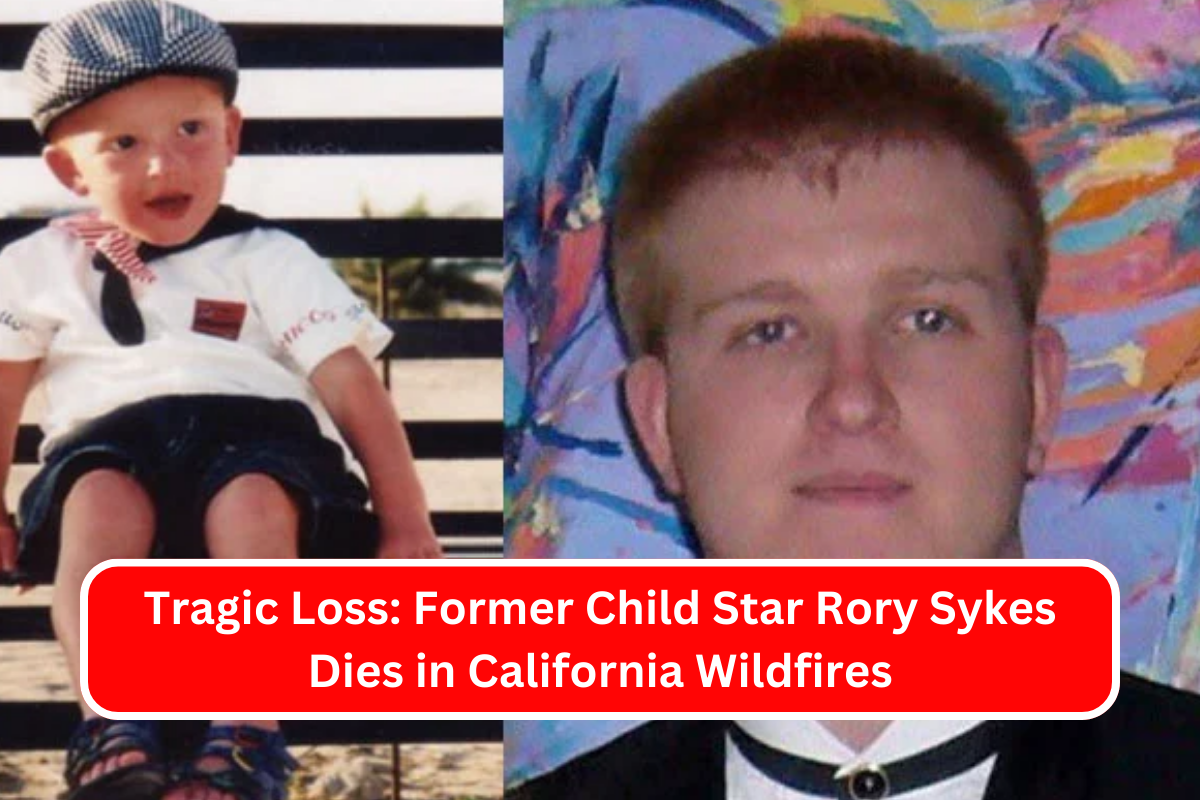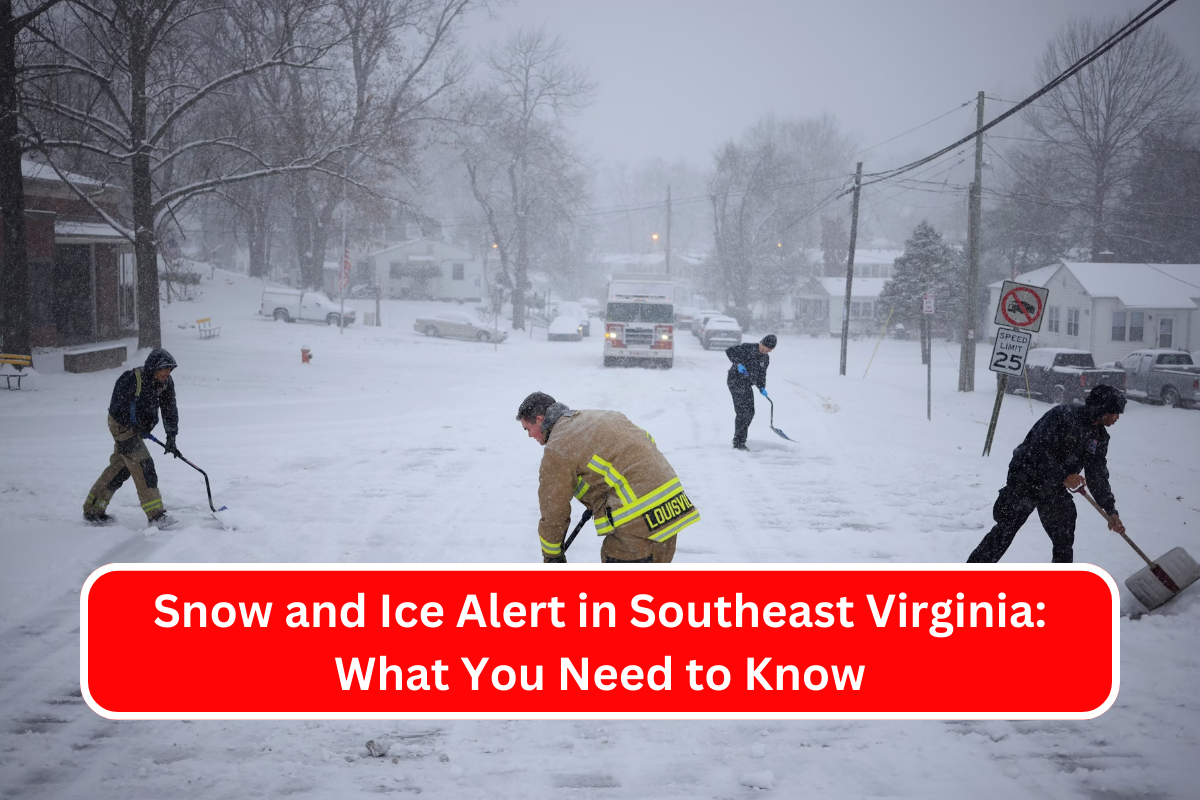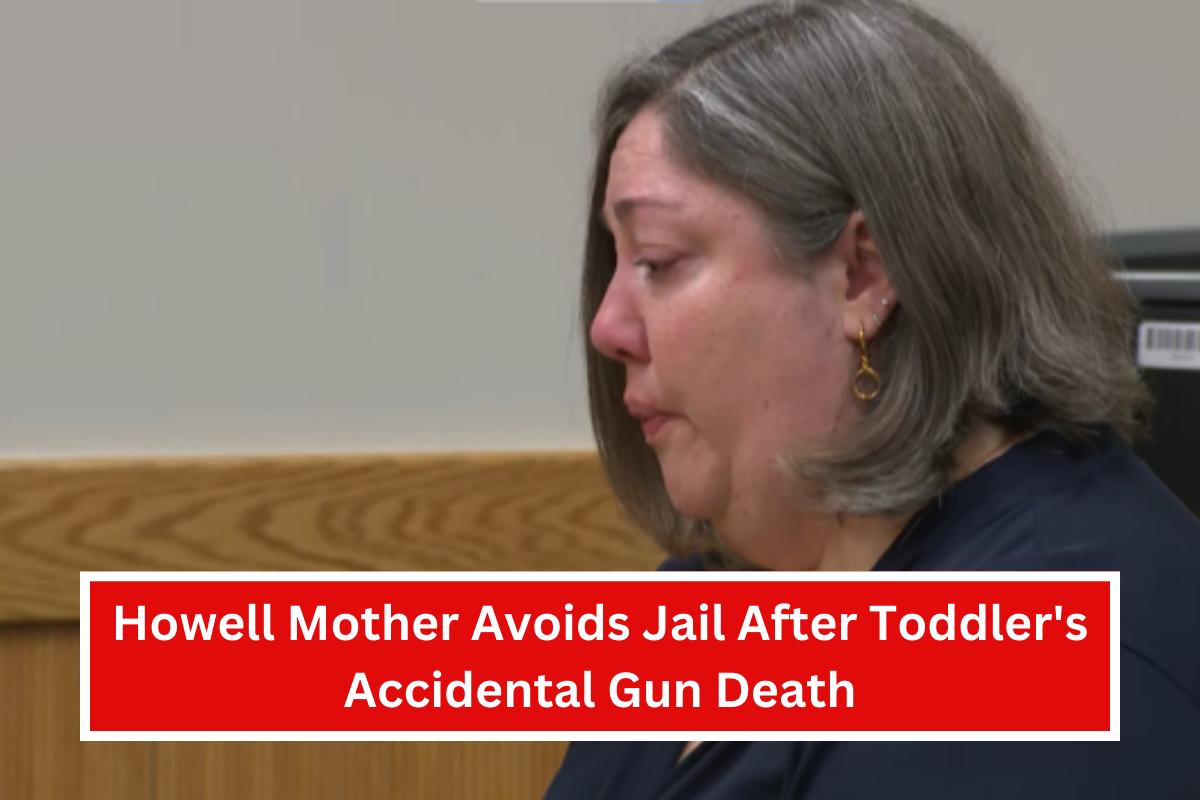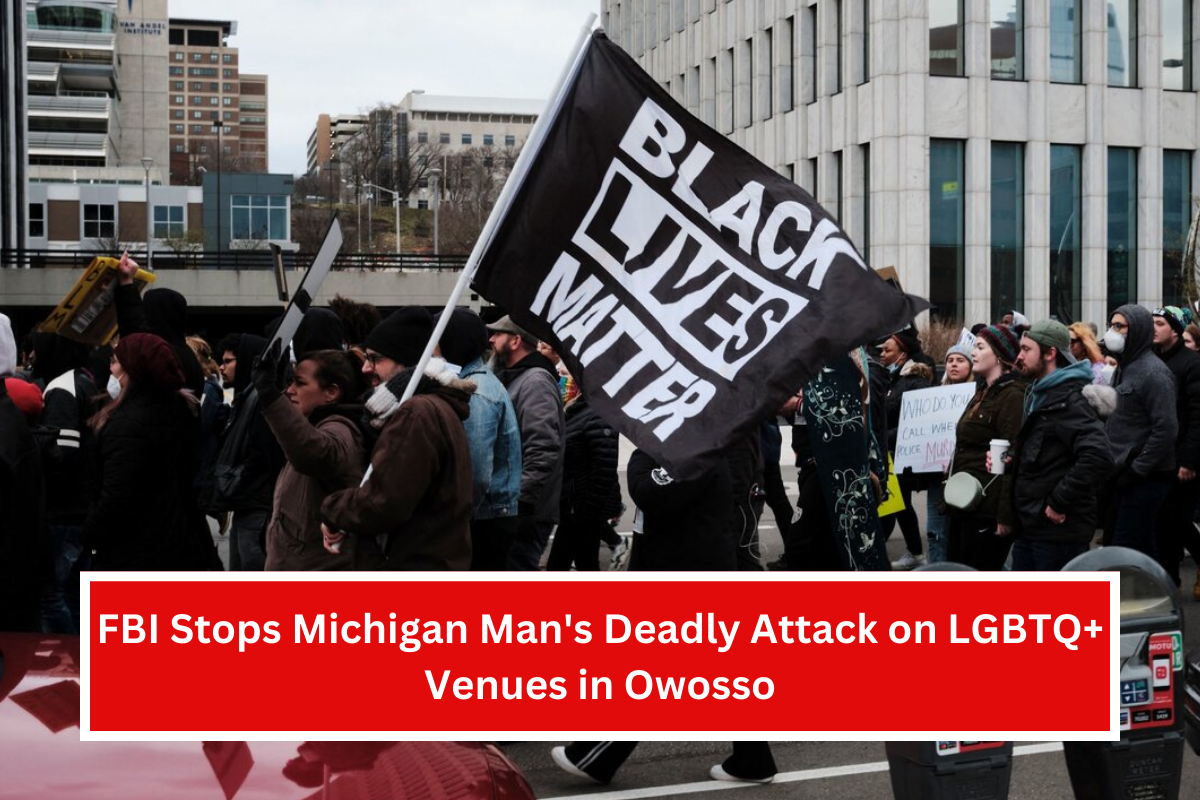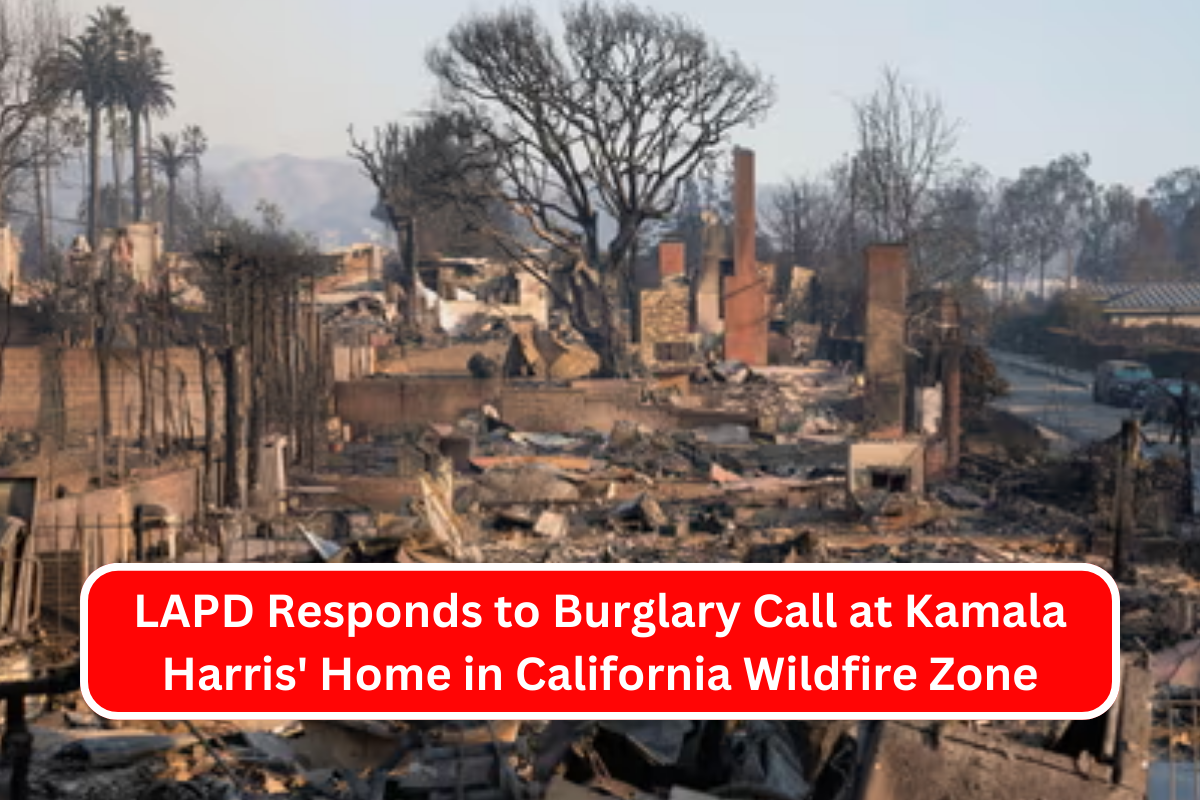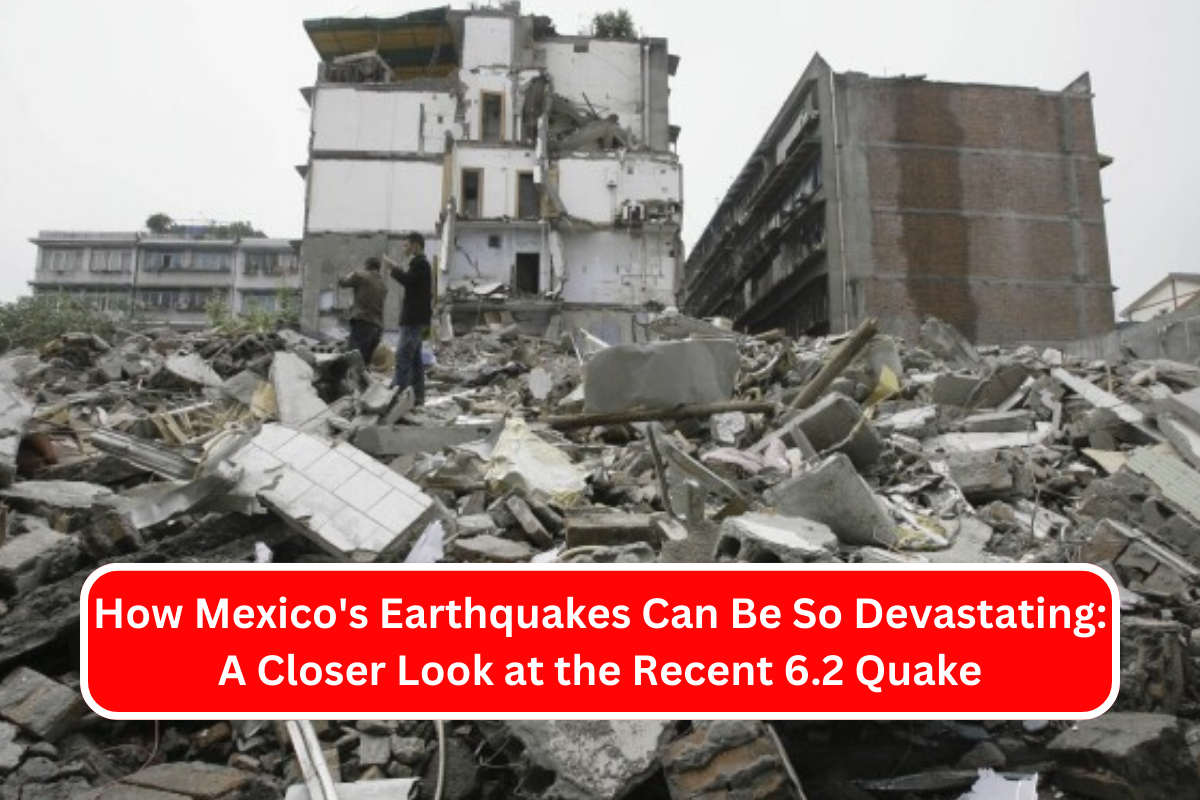The Pacific Northwest is on high alert as meteorologists track a powerful storm system forming off the coasts of Washington and Oregon.
This brewing weather event could bring a bomb cyclone and atmospheric rivers, leading to strong winds, heavy rainfall, and possible flooding in the region.
Let’s dive into what these terms mean, what to expect, and how to prepare.
What Is a Bomb Cyclone?
A bomb cyclone is an intense storm that strengthens rapidly when its central pressure drops by at least 24 millibars within 24 hours. This rapid intensification leads to fierce winds and extreme weather conditions.
The upcoming storm system in the Pacific Northwest is expected to follow this pattern, increasing its potential for causing severe damage.
Earlier this week, the East Coast experienced a bomb cyclone, which caused floods, power outages, and travel disruptions.
Experts predict a similar impact as the storm heads toward the West Coast this weekend.
What Are Atmospheric Rivers?
Atmospheric rivers are narrow, moisture-packed air streams that transport large amounts of water vapor from tropical areas to other regions.
When these rivers collide with a storm like a bomb cyclone, they can intensify rainfall and snowfall, increasing the likelihood of flooding.
Meteorologists warn that multiple atmospheric rivers are expected to accompany the incoming storm, exacerbating its effects on the Pacific Northwest.
What to Expect in the Coming Days
The first wave of storms began on Wednesday night, with heavier systems predicted for the weekend.
AccuWeather meteorologists caution that storms will hit the region every two to three days until just before Christmas.
Key impacts to watch for include:
Heavy Rainfall: Up to four inches of rain could fall in certain areas, particularly in Washington.
Strong Winds: Gusty winds may cause power outages and damage in Washington and southwestern British Columbia.
Flooding Risk: Saturated grounds from November’s storms heighten the chance of flash floods.
Coastal Damage: High winds and waves could erode shorelines and damage properties near the coast.
How to Stay Safe During Severe Weather
Stay Informed: Follow updates from trusted sources like AccuWeather or local weather services.
Prepare Your Home: Secure outdoor items, check drainage systems, and stock up on emergency supplies.
Travel Carefully: If traveling for the holidays, check road and flight conditions in advance.
Evacuate If Necessary: Heed warnings from local authorities and evacuate if directed.
FAQs
1. What is the difference between a regular storm and a bomb cyclone?
A bomb cyclone intensifies rapidly, making it far more powerful than a typical storm.
2. How dangerous are atmospheric rivers?
They can cause heavy rain, flooding, and landslides, especially when combined with other storms.
3. Which areas are most at risk?
Washington, Oregon, and parts of southwestern British Columbia are expected to face the brunt of this weather event.
4. How long will this stormy weather last?
Storms are expected every 2–3 days through late December.
5. What should I do to prepare?
Stay updated on weather forecasts, have emergency supplies ready, and avoid unnecessary travel.








